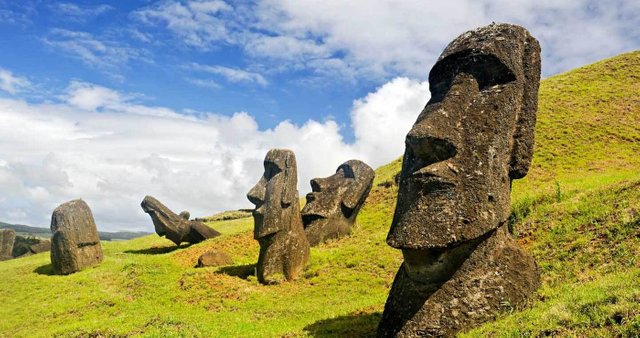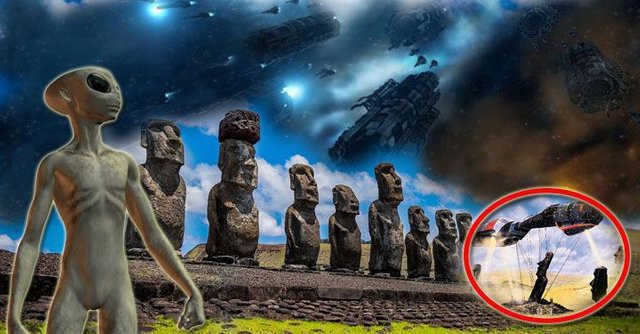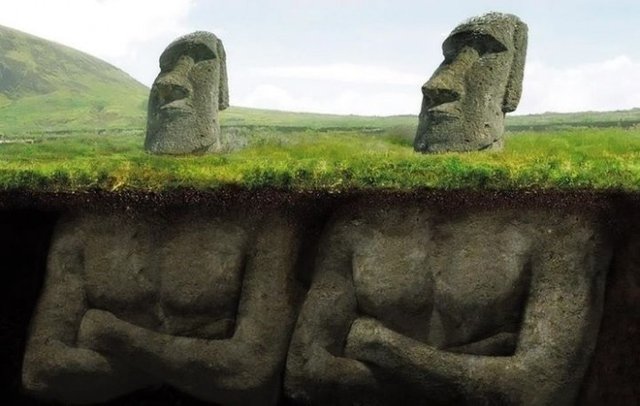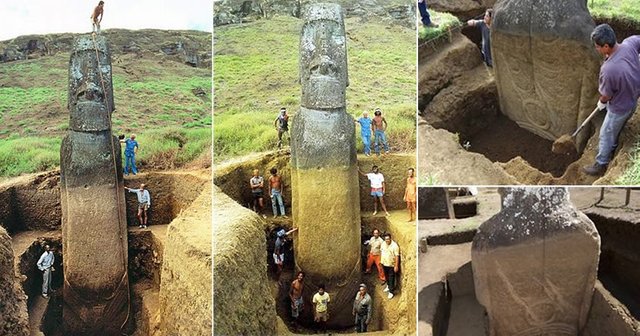Moai, the gigantic statues of Easter Island

The moai, the gigantic statues of Easter Island, are the most important expression of Rapa Nui sculptural art and have become its hallmark. However, despite its worldwide fame and the multitude of studies carried out on them, there are still many unresolved questions about these stone giants. We will try to answer some.
The oral tradition tells that the art of carving stone statues was already known by the first Polynesian settlers who arrived after the expedition, from King Hotu Matu'a and the seven explorers, who left from the land of Hiva (between 400 and 800 AD). There is a manuscript called Pua A Rahoa, which narrates the forgetting of these Polynesian settlers of a moai named Oto Uta on the beaches of Hiva, which they went to look for to bring to the island.
The monumental architecture of Rapa Nui is the product of a model widely spread in Polynesia, particularly in the Marquesas, Tahiti and Raivava'e islands, where stone structures and sculptures that appear to be the prototypes of the ahu and the moais are found Rapa Nui.
How did they make the moai?
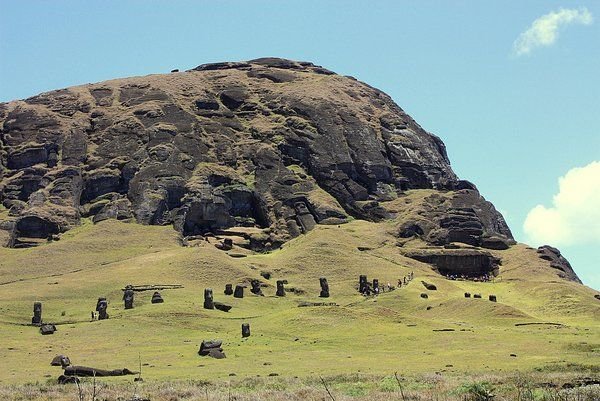
The Easter Island statues were sculpted, initially, in basalt, trachyte and red scoria, but shortly after the carvers were fixed on the Maunga Eo volcano (which means "aromatic hill"), better known as Rano Raraku. The gray-yellow volcanic stone, which occurs exclusively in that place on the island, is a type of compact ash with basalt inlays. This material, called tuff lapilli, turned out to be more suitable than the soft slag or the hard basalt, for the massive construction of statues by the use of simple tools.
Curiously, the northern half of the crater, whose edges descend in a gentle slope, is composed of a reddish clayey material unusable for carving. The tuff lapilli appears in the southern half of the crater, on the higher side, so the activity of the ancient moai-carving masters was concentrated on the outer wall facing southwest, but they reached the top and even into the interior of the crater, in whose slope more than forty statues are conserved, oriented towards the lagoon.
How did they move?
Although many theories have been raised about it, the transfer of these huge and heavy statues is still the biggest unsolved mystery of Easter Island. However, discarding some fanciful ideas, there is a series of serious hypotheses and experiments that have allowed to demonstrate that transportation is feasible with the human and material resources that the old islanders had.
According to tradition, the Moai "walked". In fact, from the quarry of the volcano several roads destined to the transport of the statues left. Even today is visible the route that followed the south coast, where several moai fall forward.
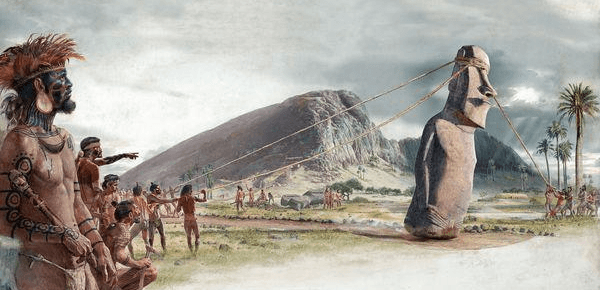
Gallery

